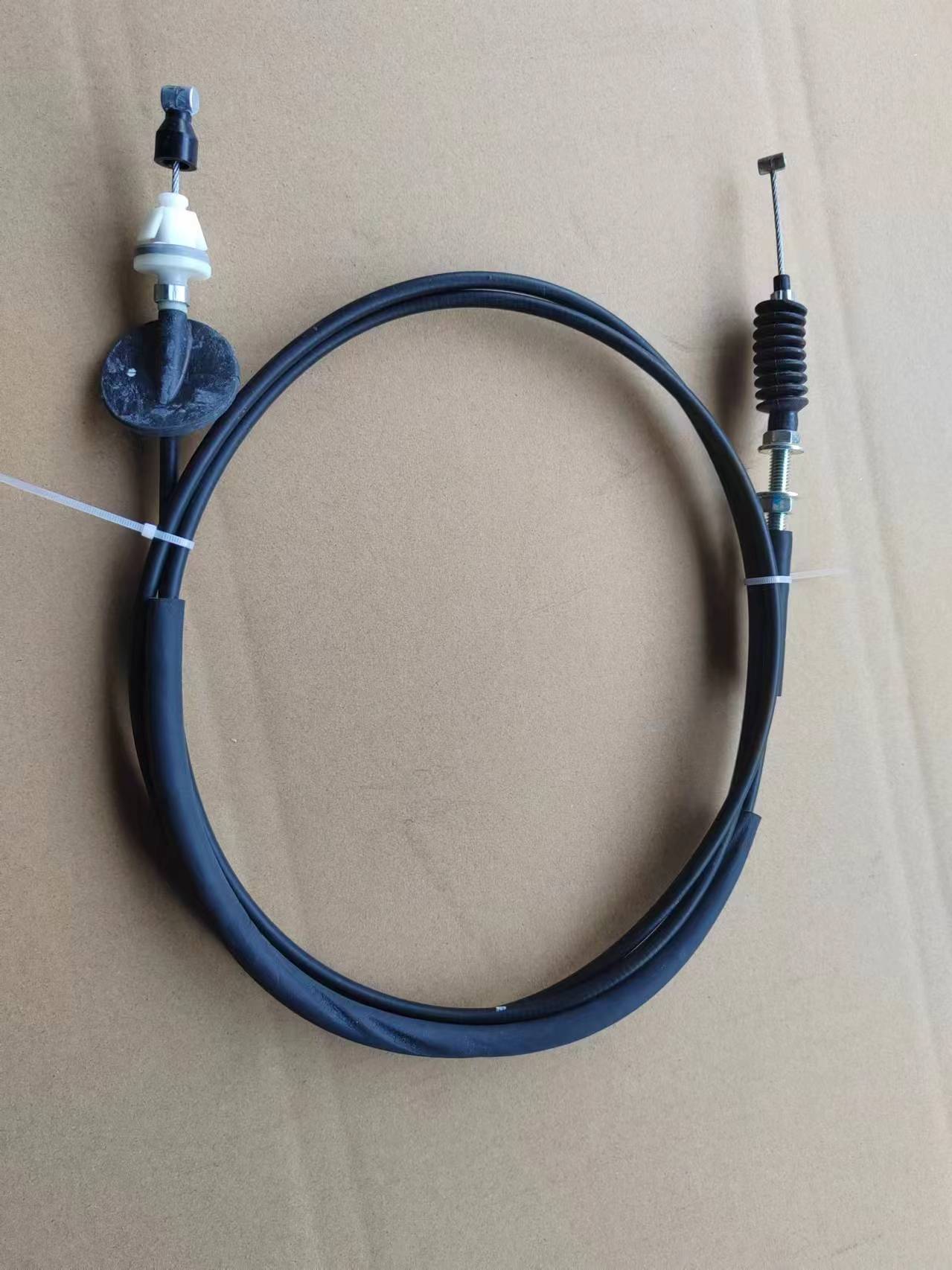Throttle Cable Management for Optimizing Vehicle Performance and Control Stability
Throttle cable control is a fundamental component in the operation of internal combustion engines, particularly in vehicles such as cars, motorcycles, and boats. This system regulates the flow of air and fuel into the engine, thus controlling its power output and performance. Understanding how throttle cable control works can enhance a driver's awareness of their vehicle's capabilities and maintenance needs.
At its core, the throttle cable is a flexible wire that connects the accelerator pedal to the throttle body of the engine. When the driver presses the accelerator pedal, this action pulls the throttle cable, which in turn opens the throttle valve in the engine. The degree to which the throttle valve opens determines how much air enters the engine, affecting the air-fuel mixture and, consequently, the engine's output power. Proper operation of this cable is crucial for optimal engine responsiveness and performance.
Over time, throttle cables can wear out or become frayed, leading to a sluggish response from the engine or, in worst-case scenarios, total throttle failure. Regular inspection of the throttle cable is vital for maintaining vehicle safety and performance. Signs of wear may include a sticky or unresponsive accelerator pedal, which could indicate that the cable is binding or damaged. In such cases, replacing the throttle cable is often more cost-effective than allowing a minor issue to escalate into a larger problem.
throttle cable control

There are also modern alternatives to traditional throttle cable systems. Many modern vehicles utilize electronic throttle control (ETC), also known as fly-by-wire systems. In these setups, the accelerator pedal is connected to a sensor that sends electronic signals to the throttle body actuator, eliminating the need for a physical cable. While this technology offers several advantages, including improved fuel efficiency and the ability to integrate with advanced driver-assistance systems, it is essential to recognize that it also introduces new points of potential failure, necessitating a different approach to maintenance and troubleshooting.
For enthusiasts or those working on their vehicles, understanding throttle cable control offers insights into performance tuning. By adjusting the throttle cable's tension, it is possible to enhance how quickly the engine responds to the accelerator pedal. However, it is crucial to strike a balance; too much tension can lead to unwanted acceleration, while too little can result in delayed response times.
In conclusion, throttle cable control is an integral part of a vehicle's engine management system. Whether dealing with traditional cables or modern electronic systems, a clear understanding of how these components work is vital for anyone looking to optimize their vehicle's performance and ensure safe and reliable operation. Regular maintenance and inspections can go a long way in preventing issues, allowing drivers to enjoy the full potential of their vehicles.
-
Workings of Clutch Pipe and Hose SystemsNewsJun.04,2025
-
The Inner Workings of Hand Brake Cable SystemsNewsJun.04,2025
-
The Secrets of Throttle and Accelerator CablesNewsJun.04,2025
-
The Hidden Lifeline of Your Transmission Gear Shift CablesNewsJun.04,2025
-
Demystifying Gear Cables and Shift LinkagesNewsJun.04,2025
-
Decoding Clutch Line Systems A Comprehensive GuideNewsJun.04,2025
